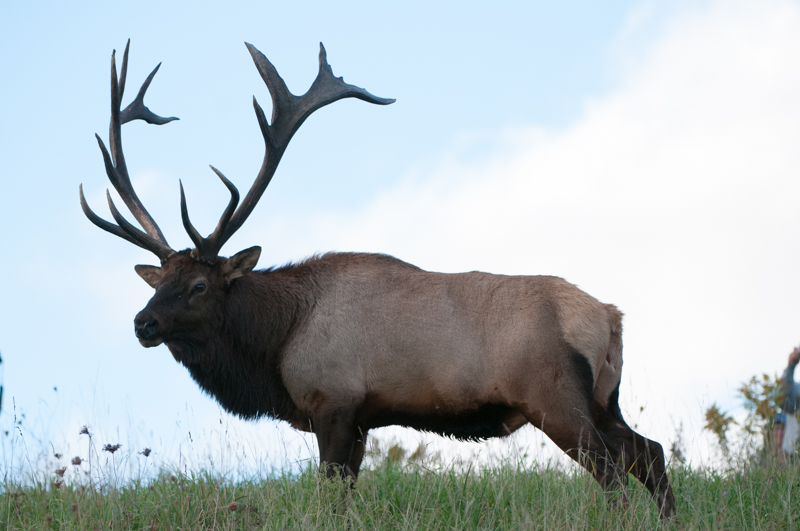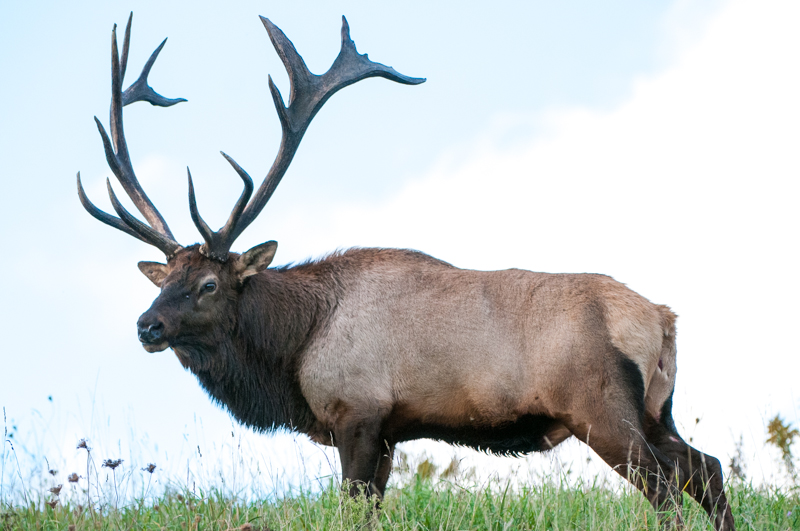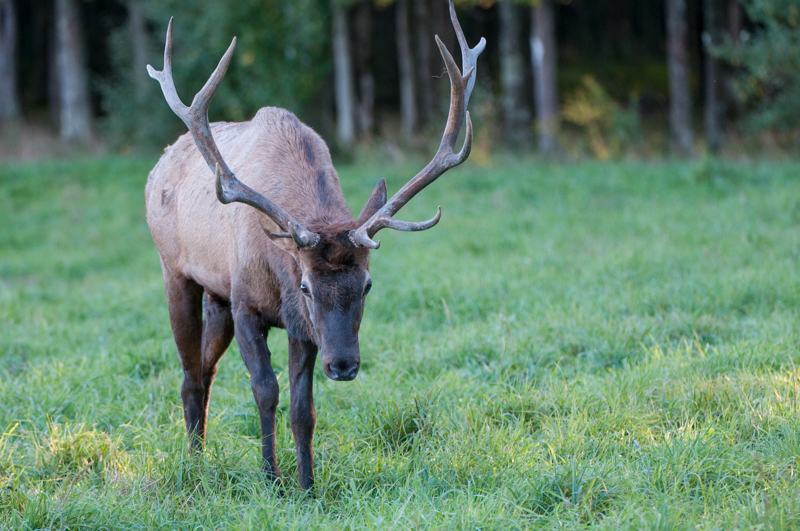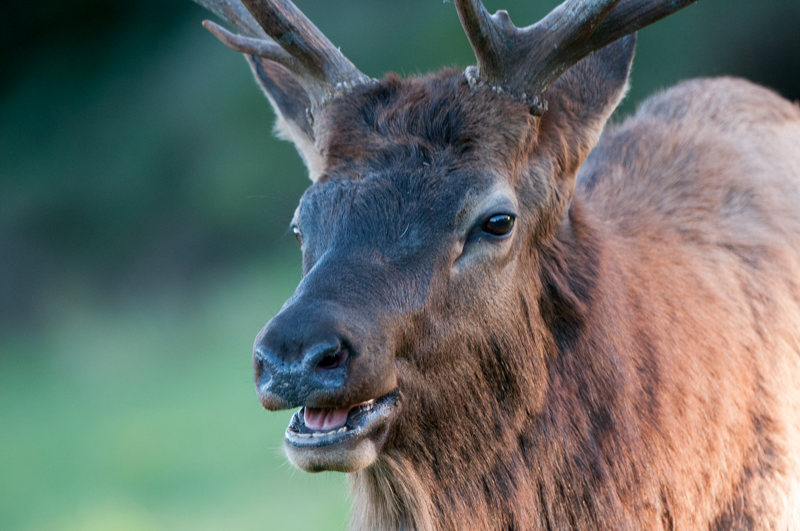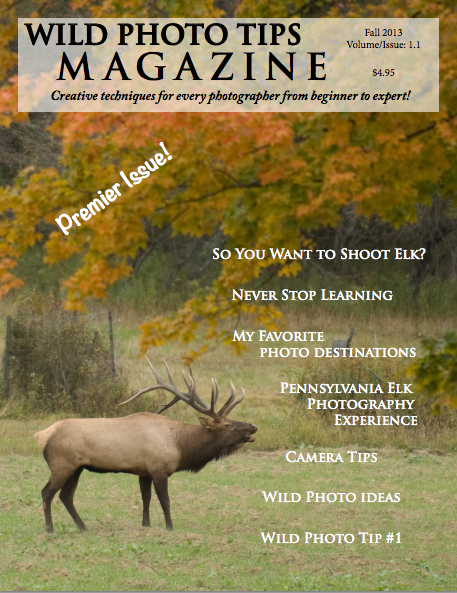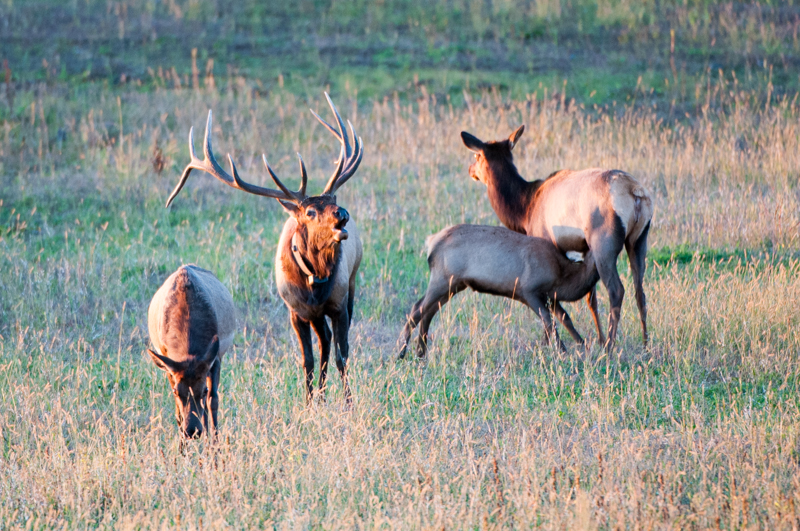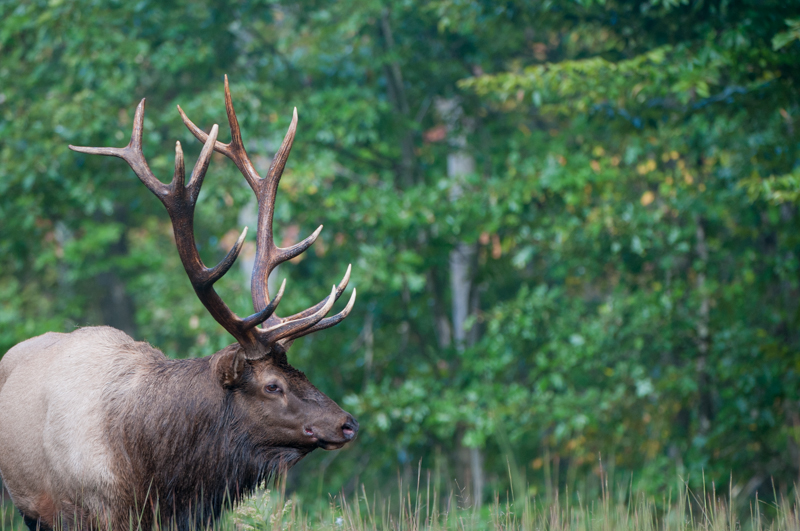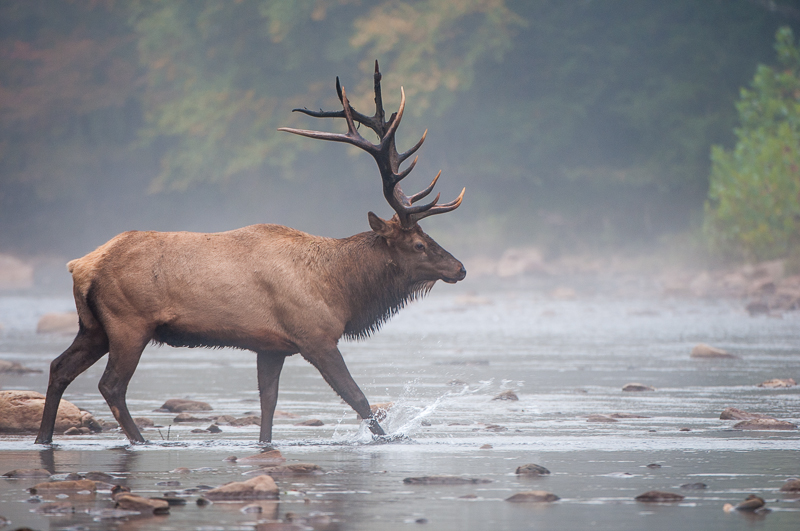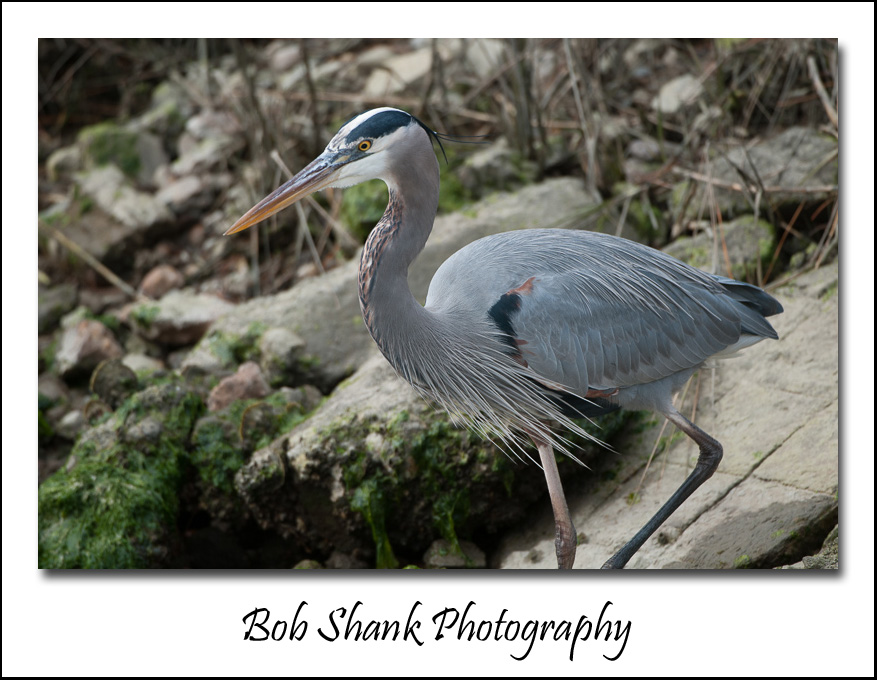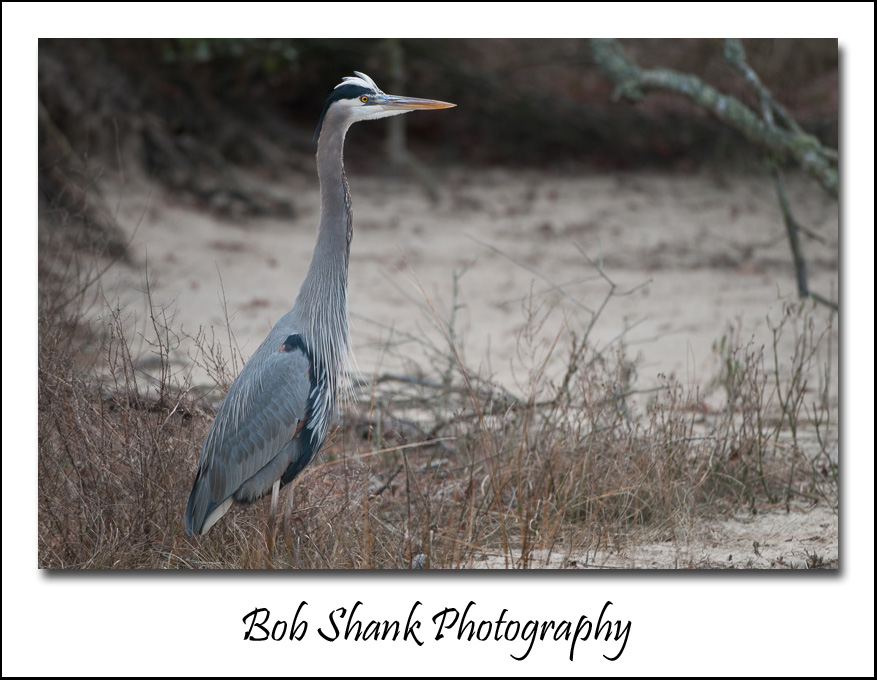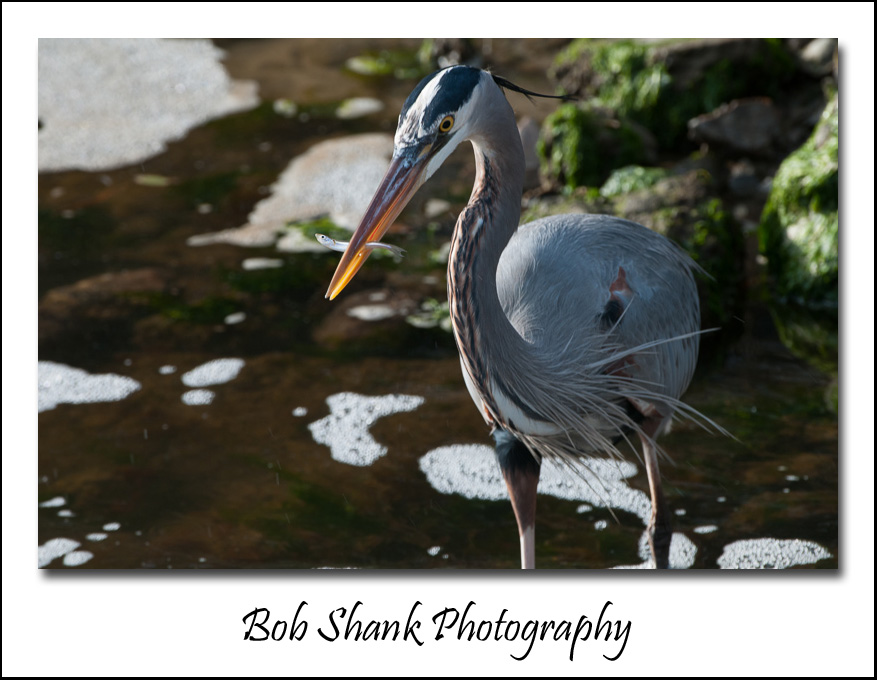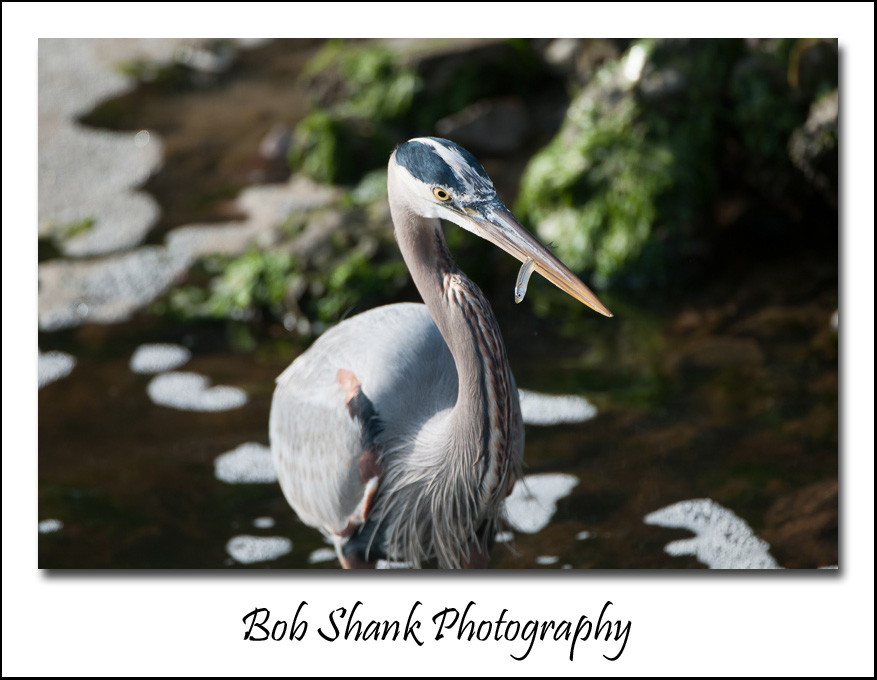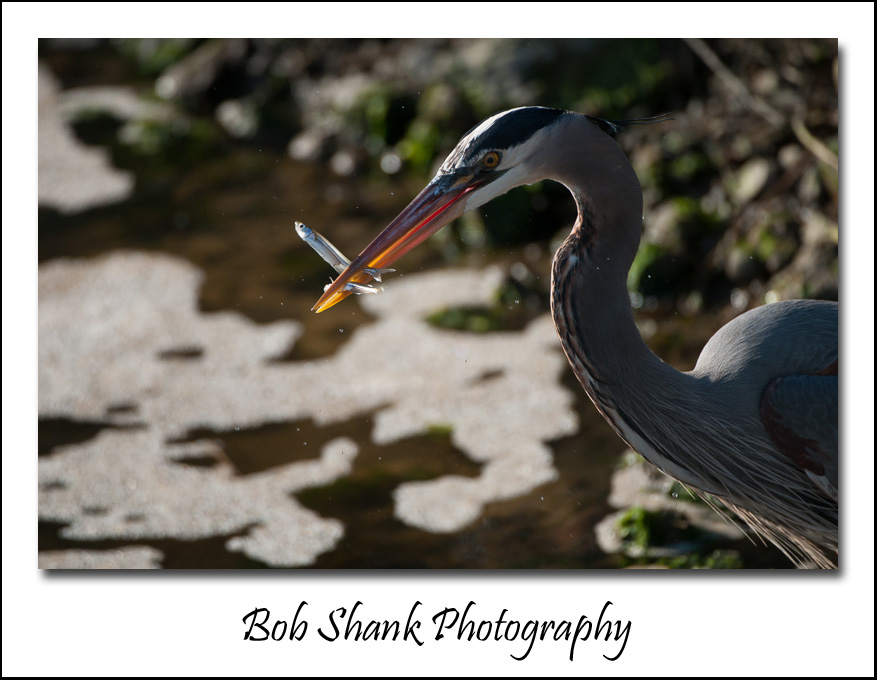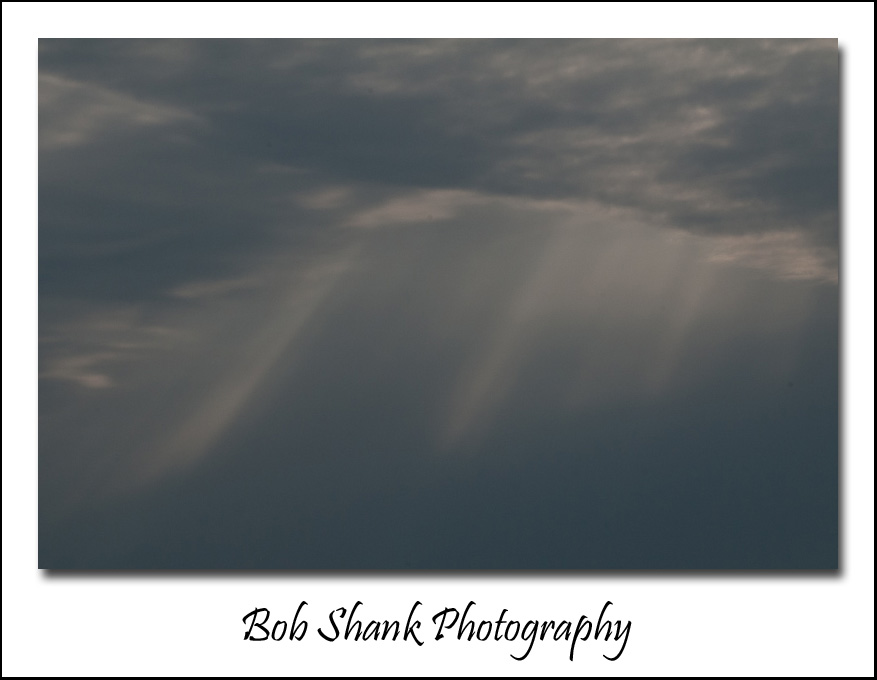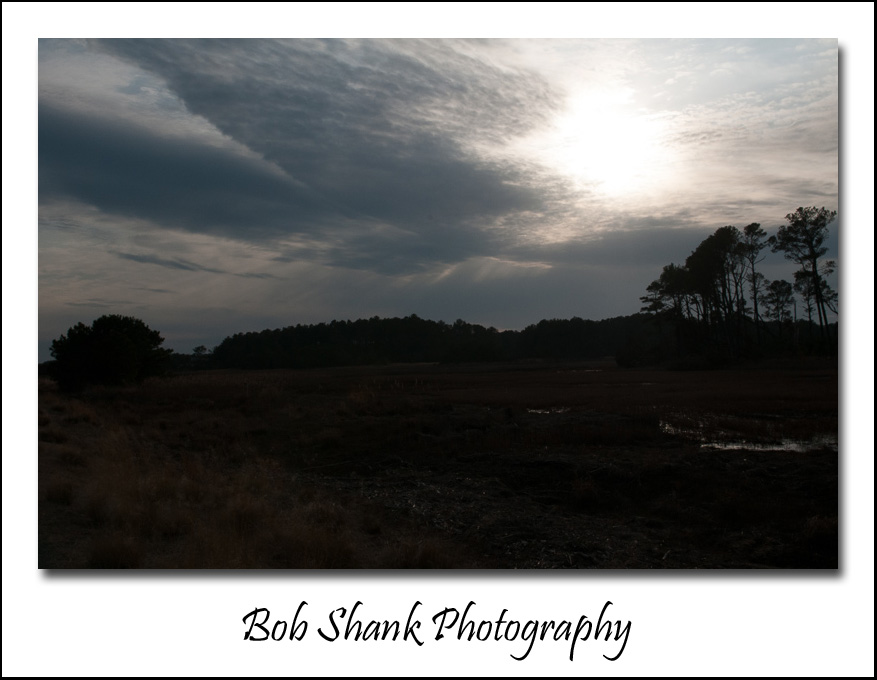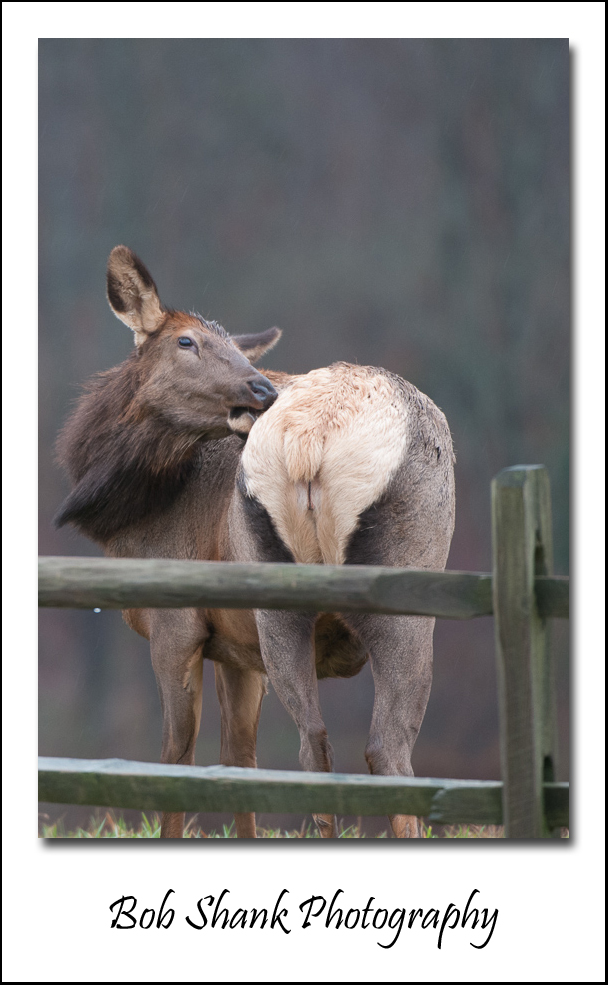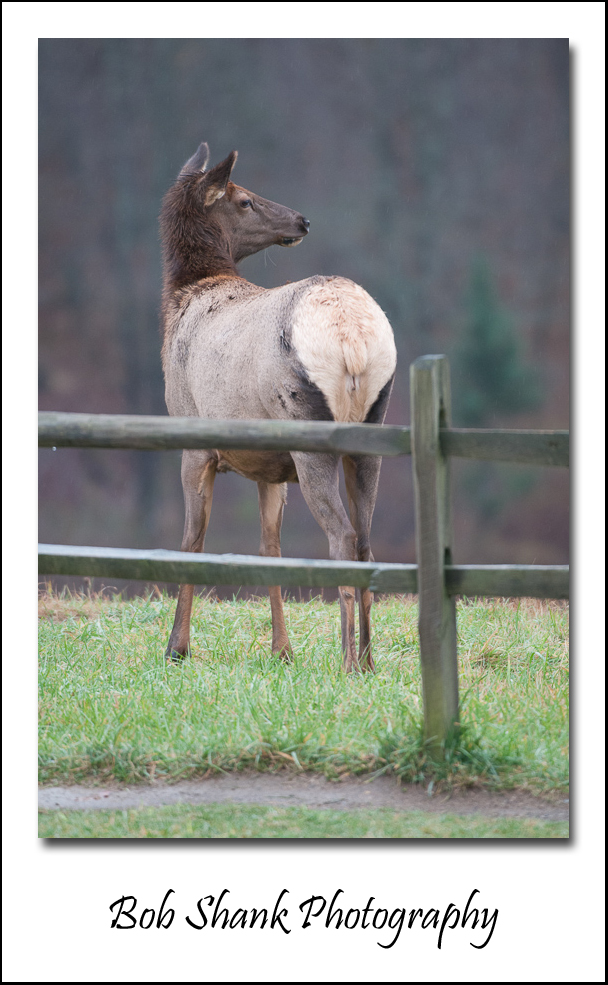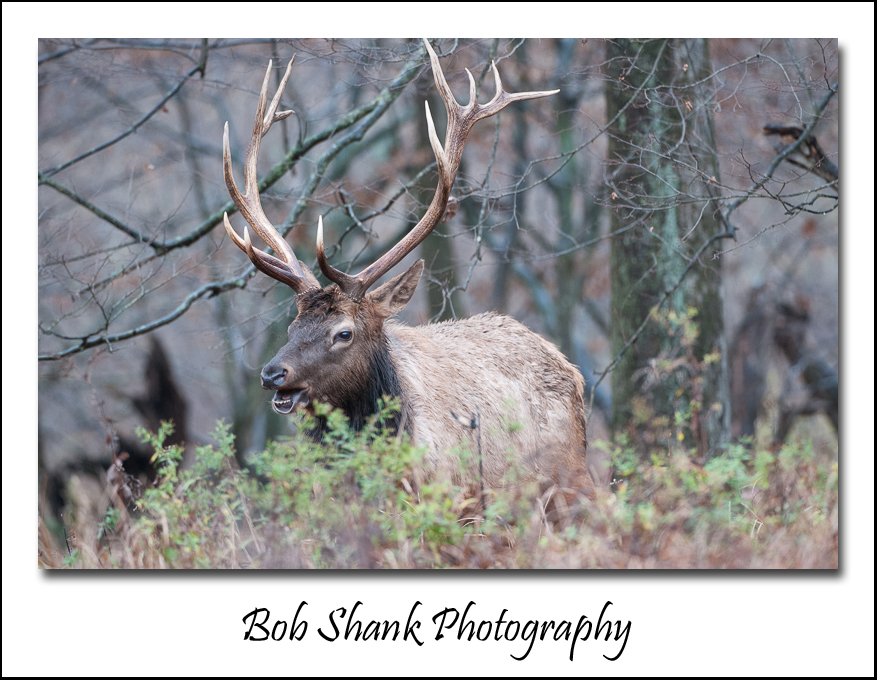
Does anything get you fired up? I mean, does anything provoke you to sit up, pay attention, and decide to do something about it?
I hear a lot of rhetoric from well-meaning and good intentioned people, but few are motivated to stand up and be counted. We also have the slippery slope of political correctness that has run amuck in our country. I just said the other day that political correctness might be the gateway to our demise.
So here goes. I am going to say some things I believe strongly enough to stand up for and be counted. To some, it might sound like am coming out of the closet because I don’t always wear these feelings on my sleeve nor do I share them publicly very often. I am sure I will offend some and perhaps many, but I want to be honest with you and with myself.
I grew up in the farming and hunting traditions of Lancaster County, Pennsylvania. My parents taught me right from wrong and I listened to them sometimes. When I didn’t I got whacked real good! I attended church every week. I learned to respect my elders, do my chores, and enjoy God’s beautiful creation. My grandpa took me for walks in the woods to hunt for mushrooms. I never ate one of them, but I thoroughly enjoyed the conversations we had on those long walks in the woods. At the age of 12 I became a hunter. My uncle was my hero and I couldn’t wait to hunt game and get to eat it. I got my first squirrel on Thanksgiving Day in 1977 with the help of my uncle. I did not eat this squirrel because my dad had it mounted for me to remember that successful hunt the rest of my life. I hunted all through high school and developed a deep friendship with my best buddy, Randy. We roomed together in our first year of college, had one big fight and a few smaller arguments, but we always looked forward to hunting season. We ran a successful muskrat trap line and trapped a few raccoon, opossums, and skunks along the way! Then I transferred to Temple University and saw how life was lived in the city. It was awesome! It was all new, of course, to me, but it was mentally engaging and challenging in ways I never experienced before. My very first day in the city, I met an African-American for the first time in my life. Danny took me around the city, which was far different from taking a long walk in the woods! I learned that people might look different from me but they have similar wants, likes, and problems just as I do. I learned that some people are treated differently, too. African-Americans could not walk into certain neighborhoods, which was a hard lesson for me to understand. The city of brotherly love is just not always that lovely it seemed–at least not for everybody. I moved to Pittsburgh to continue my education and my life experiences expanded as well. I met a friendly city that was much different from the big city of Philly. These differences were both good and bad in my opinion. I got to experience a wonderful new culture on many levels. I often went to the Balcony, which featured great jazz musicians from the city and the entire region. I also went with a friend to a Reggae concert. Jeff and I were the only white people in the whole place! But we were treated like brothers and enjoyed the concert and the crowd immensely! I now got to work in a church and learned the hard way that church is not always a loving and friendly place. There are even some hypocrites and hateful people in the church. I got married to my high school sweetheart and lived in a little two-bedroom apartment. Denise worked at the hospital and I continued my education. My horizons were expanding and life was excellent! We bought some land in the mountains, near where I had hunted since the age of 15. It was so nice to have a little slice of God’s creation to steal away to every once in a while and to have a place of our very own. It didn’t hurt that the wildlife was abundant and we saw our very first Pennsylvania Elk. Wow, what a beautiful and majestic animal! I continued hunting with my dad and my buddy from high school, Randy. I often saw nice bucks in bear season and beautiful bear in deer season! We bagged a few bucks and I started trying to photograph the wildlife in the off seasons, especially the elk. My wife gave birth to beautiful twin children–Lydia and James. They helped me continue learning more and more. I learned my uncle had lied to me: he said your own children don’t stink! I learned that girls are different from boys, in more than just the obvious ways. I also learned that children will do the exact opposite of what you tell them sometimes! I served several churches as pastor and got to meet all kinds of wonderful people from all walks of life. I had great mentors along the way. I met some gay people who were more committed in their relationships than some of my friends and relatives were in their marriages. I had some of my thinking challenged and confirmed and completely torn apart. I thought I had life pretty much figured out when one of our church teenagers shot and killed his mom and dad. Why? I will probably never know. I enjoyed success and failures, and all kinds of ups and downs. I still enjoy hunting, trapping, and now other shooting and target sports. The best part is having an interested son who shares some of my interests and who is going to be a much better hunter than I will ever be in this life. He shoots straight and has specific goals and a good direction for his life, much like I recall in my own life when I was his age. My daughter keeps me cultured and tries to keep expanding my horizons. I don’t always like her music or her boyfriends. I love my children but, yes, we disagree sometimes and I am not always right. However, living in my house requires living by my rules. Funny how I find myself parenting like my parents raised me! Mom got her wish, too. She often said, “I hope when you have a son, he’s just like you!” Thanks, mom, thanks a lot! I still enjoy hunting and believe strongly in our Second Amendment. I am a proud member of the National Rifle Association. I was a member years ago but let my membership lapse because I thought they went too far much of the time. I’ve changed my thinking completely on this topic. I never thought I would live to see the day that hunting might be outlawed, but I fear that day is much closer than most of might imagine. A new bill introduced on Capitol Hill this week does include hunting rifles that may not be legal in Pennsylvania, but they are legal in other states. Why do I only get upset when my way of life is threatened? What about when other people’s ways of life are threatened? Shouldn’t I speak up then, too? The Second Amendment is not primarily about hunting, it’s about the unalienable right given to us by our founding fathers in the Constitution to bear arms. Yes, it was about a militia at the time of its conception but it was also about individual rights, too. It was also about protecting the citizens from a tyrannical government. Rights are sometimes lost over time. Just look at parenting. Remember the old adage: spare the rod and spoil the child? This is out the window today. I know that guns are often the choice for bad people to inflict hurt on others, but I also know that many more people die from car accidents and abortions. Could it be that our society is full of spoiled brats who need to learn a lesson or two before they become an active part of our society? It is an odd mix today, really… many feel entitled and yet many rights continue to be threatened. Morale in the church and our country is down. The economy shows signs of bouncing back like in the Stock Market but still hurts so many people trying to make a decent living and our seniors on fixed incomes. I do not believe in global warming, but I do see a lot of changes going on around me. My dad died a little over a year ago and I miss talking with him on hunting trips and I miss his camp cooking! My uncle is still my hero but many other hopeful heroes have come and gone, despised by society for the bad things they got caught doing and lied about. I question why so many people die so young and unexpectedly. I question but I remain faithful. And I still enjoy hunting deer but will only shoot the Pennsylvania elk with my camera. I thoroughly enjoy photographing God’s beautiful and amazing creation.
This is what really matters to me: God’s creation, my family, the traditions I grew up with, having an open mind, the Bill of Rights and our Constitution (especially the Second Amendment), photographing wildlife, continuing to learn as I experience more and more all the time, and knowing that there is no place like the mountains!
This is me, Bob Shank, for better or worse. I am a product to a large degree from where I came from and where I’ve been through the years. I don’t think my way is always better, but I think my way is right. I enjoy having debates and long conversations even with those who look at life differently, and I enjoy educating people on some topics. I hope I am still learning and I hope my life is making a difference in some way.
What really matters to you?

